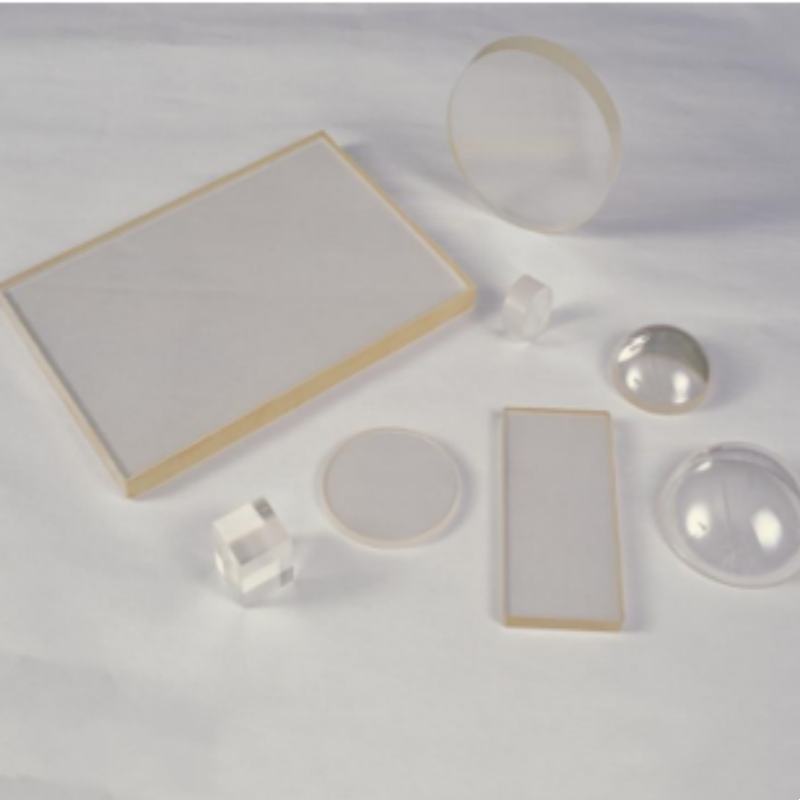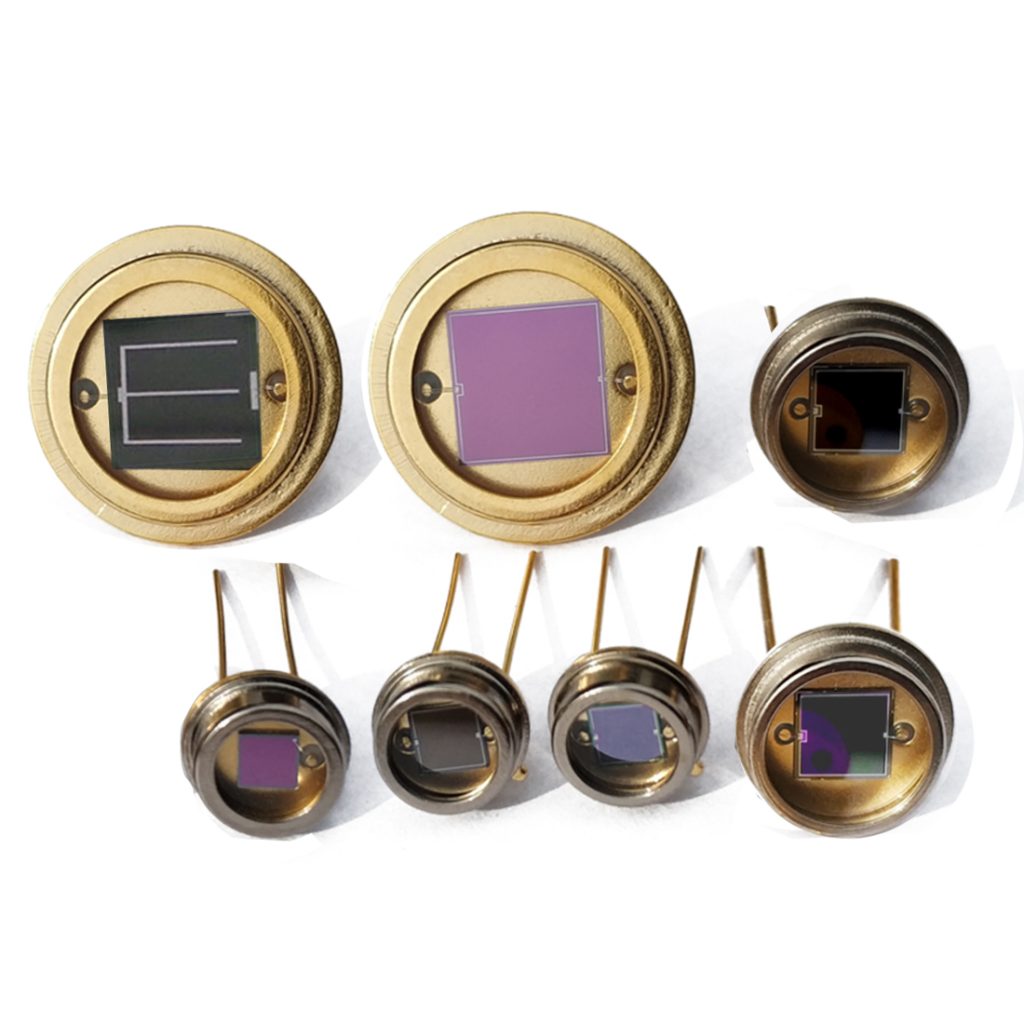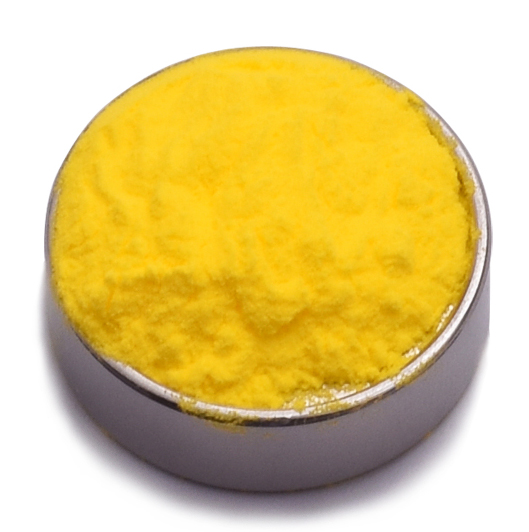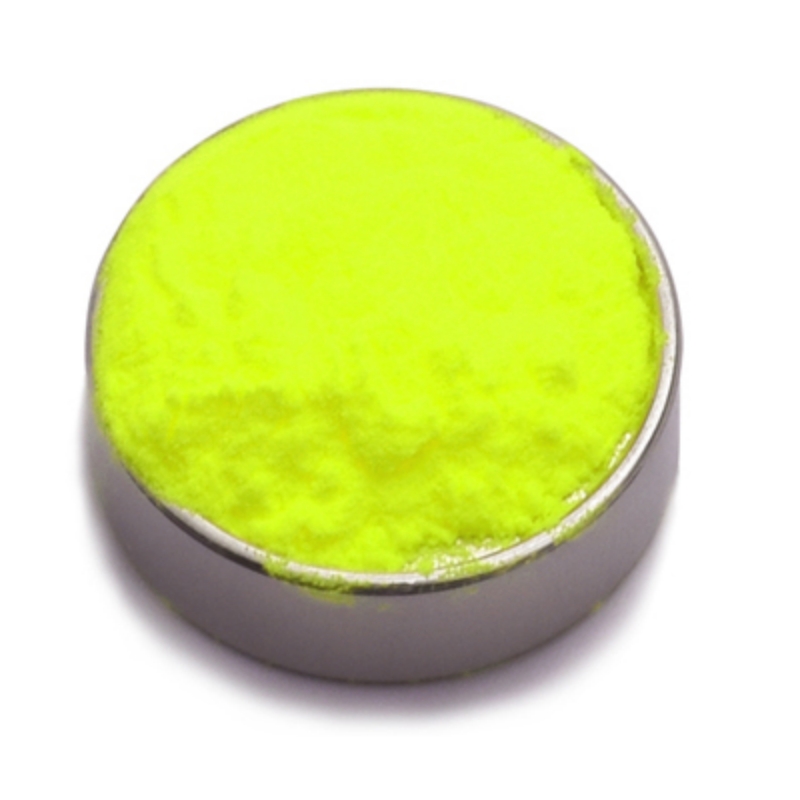Reflective silicon is a high-purity optical material optimized for enhanced reflectivity, superior thermal stability, and excellent durability in high-precision applications. Engineered for minimal surface defects and optimized spectral performance, it provides exceptional light control, strong resistance to environmental degradation, and precise wavelength management. This specialized material is widely used in laser optics, astronomical telescopes, semiconductor processing, and advanced scientific research, ensuring reliable optical performance for demanding applications.
Product Overview:
Reflective silicon is a high-performance optical reflector made from silicon material, widely used in optical systems. Reflective silicon has excellent properties such as high refractive index, high thermal conductivity, and low thermal expansion coefficient. It is commonly used to manufacture mirrors, reflective plates, prisms, reflectors, and other optical components. Its main features include high reflectivity, excellent thermal stability, and mechanical strength, making it a critical optical element in lasers, telescopes, and optical instruments.
Key Features:
- High Reflectivity:Through advanced surface treatment techniques like ion beam sputtering, chemical vapor deposition, and optical coating, a high-reflectivity film is formed on the silicon surface, significantly enhancing the mirror's reflectance and optimizing the performance of optical systems.
- High Thermal Stability:Silicon material has a high melting point and excellent chemical stability, allowing it to maintain stable performance in high-temperature and harsh environments. This ensures the reliable operation of optical elements under extreme conditions.
- High Mechanical Strength:Reflective silicon exhibits strong mechanical strength and shock resistance. It can withstand pressure in environments subject to high pressure and vibration, ensuring the stability and reliability of the optical system.
- Low Thermal Expansion Coefficient:With a lower thermal expansion coefficient, reflective silicon experiences minimal deformation due to temperature changes, which helps maintain the precision and stability of optical systems.
Applications:
- Laser Systems:Reflective silicon is widely used in laser systems and optical systems for lasers, helping to improve optical efficiency and system stability.
- Telescopes:Used to manufacture high-precision mirrors and reflective prisms, enhancing the optical performance of telescopes and improving observation results.
- Optical Instruments:As a reflective element, reflective silicon provides stable optical reflection performance in precision instruments such as microscopes and optical sensors.
- Optical Communication:Used in optical communication devices to improve signal transmission efficiency and system reliability.
- Other Optical Systems:Reflective silicon is also used in optical systems requiring high reflectivity, stability, and high-temperature resistance, reducing scattering and absorption losses to improve overall system performance.
| Optical Property | Value |
| Transmission Range | 1.2-15 μm |
| Refractive Index | 3.41776 @ 10μm |
| Reflection Loss | 46.1% @ 10μm |
| Structure | Single crystal, synthetic |
| Cleavage Planes | <111 |
| Physical Property | Value |
| Density | 2.33 g/cm³ |
| Melting Point | 1414 ℃ |
| Thermal Conductivity | 163 W/(m·K) @ 313K |
| Thermal Expansion | 2.6 × 10⁻⁶/K @ 293K |
| Knoop Hardness | 1100 kg/mm² |
| Specific Heat Capacity | 712.8 J/(kg·K) |
| Dielectric Constant | 13 @ f = 9.37 GHz |
| Young's Modulus | 130.91 GPa |
| Shear Modulus | 79.92 GPa |
| Bulk Modulus | 101.97 GPa |
| Poisson's Coefficient | 0.266 |
| Chemical Property | Value |
| Solubility | Insoluble |
| Molecular Weight | 28.09 g/mol |
| Property | Value |
| Material Name | Mirror-Grade Silicon Crystals |
| Available Size | 3-300mm |
| Growing Method | CZ |
| Transmittance Range | 1-10μm |
| Crystal Structure | Monocrystalline |
| Orientation | <100>, <111>, <110> |
| Blank Shape | Round, rectangular, wedge, lens, step drilled, special-shaped |
| Report | Compliance with ROHS and REACH reports |
Submit Your RequirementsWe will contact you within 24 hours.
 WOBO Scientific Research New Materials One-Stop Service Platform
WOBO Scientific Research New Materials One-Stop Service Platform











